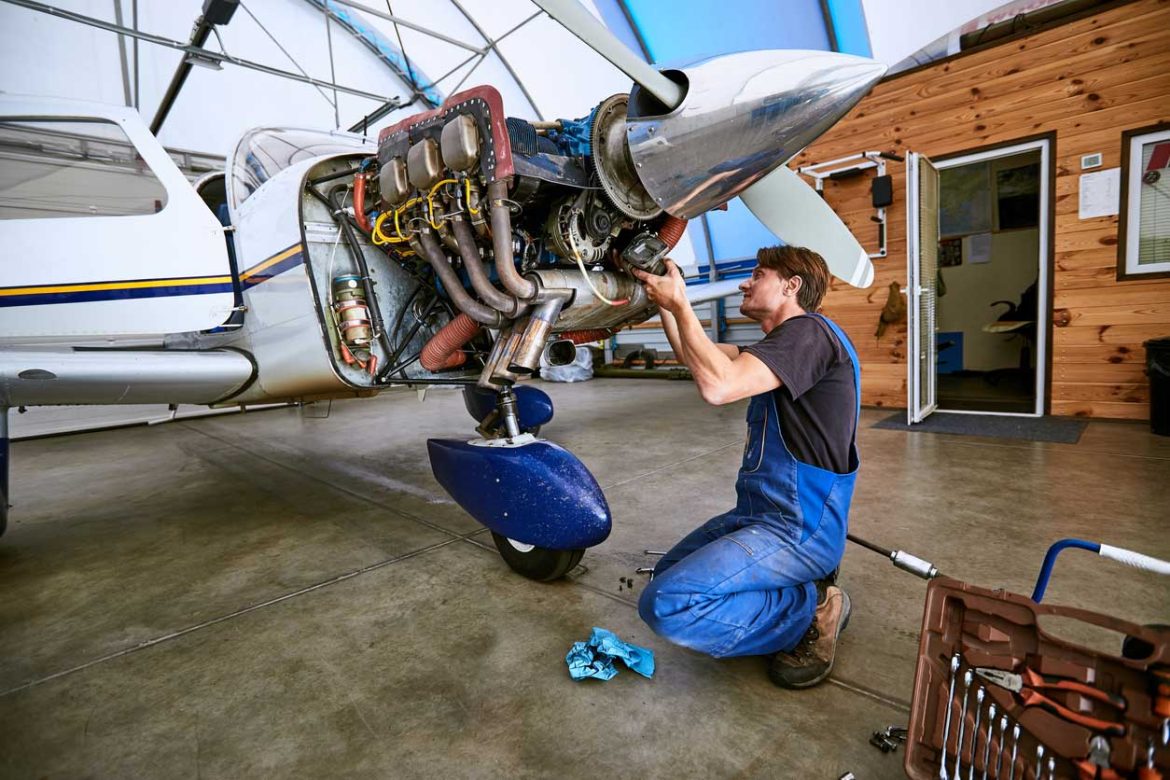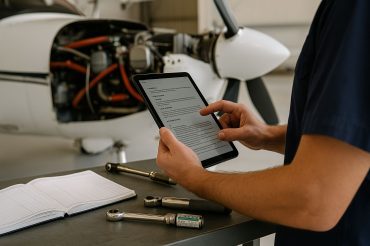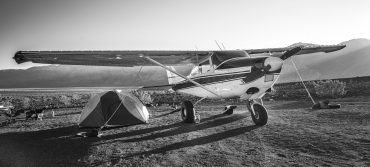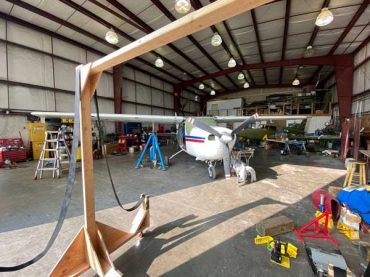Why Aviation Maintenance Costs Are Rising (and What Owners Can Do About It)
A practical, owner-focused explainer covering labor shortages, parts inflation, avionics demand, and overhead—plus eight strategies to plan and control spend.
If your annuals, avionics installs, and routine squawk fixes feel pricier than a few years ago—you’re not imagining it. The drivers are structural: a tight labor market for certificated technicians, upstream parts inflation, persistent demand for glass and automation, and higher facilities/insurance/IT overhead. Here’s what’s moving the numbers and how to plan around it.
1) Labor: More Work Than Technicians
U.S. shops are competing for the same pool of A&Ps and avionics techs. Recruiting and retention require higher wages and benefits, and those costs surface in hourly rates. It’s not unusual to see separate rates for airframe/powerplant versus avionics troubleshooting and harness work.
- What you’ll notice: Higher hourly rates, two-tech tasking for safety, and longer lead times on complex jobs.
- Why it persists: Training pipelines are improving, but fleet growth and avionics complexity keep demand high.
2) Parts: Producer Prices and Supply-Chain Friction
OEM and PMA components, everything from exhaust parts and hoses to tires, alternators, batteries, and avionics subassemblies, reflect upstream producer price inflation. Even as shipping normalized, price lists rarely returned to 2019 levels.
- What you’ll notice: Updated price lists, superseded part numbers, and occasional freight surcharges.
- Why it persists: Materials, labor at manufacturers, and certification/testing costs remain elevated.
3) Avionics Demand and Backlogs
Glass retrofits, digital autopilots, ADS-B/WAAS navigators, and cabin connectivity keep avionics benches busy. Full-stack upgrades concentrate labor into harness fabrication, configuration, panel metalwork, and test flights—high-skill hours that price accordingly.
4) More Aircraft to Maintain, More Work in the System
Stronger GA deliveries and higher utilization translate to more inspections, SB/AD work, and upgrades. Add in STC equipment (turbulence detection, engine monitors, ADS-B diversity antennas), and annuals take longer than “basic airframe checks.”
5) Facilities, Insurance, and Compliance Overhead
Hangar leases, utilities, environmental compliance, calibrated tooling, data subscriptions, and digital maintenance systems all rose with the broader cost of doing business. Those costs are embedded in shop rates—before the first screw is turned.
What This Looks Like on an Invoice
- Labor: Increased hourly rates and minimums; documented diagnostic time; two-person tasks for safety.
- Parts: Higher list prices and occasional freight; PMA options where appropriate.
- Avionics: More hours in harnessing/panel work; longer config/test procedures.
- Lead-time: Expedited shipping/processing fees when schedules are tight.
Eight Owner Strategies to Control (and Predict) Maintenance Spend
- Plan 12–18 months out. Batch predictable items—hoses, ELT batteries, tires, filters, magneto and alternator checks—into planned visits rather than paying rush premiums.
- Order time-critical parts early. For life-limited and high-wear items, pre-buy to avoid AOG delays and expedite fees.
- Use data to prevent surprises. Oil analysis, borescope imagery, and engine-monitor trends (CHT/EGT, FF, % power) catch issues before they cascade.
- Stage avionics sensibly. Display+EIS first, navigator second, autopilot third—reduces downtime spikes and spreads labor.
- Ask about PMA/service-exchange options. When approved for your make/model, these can cut costs without compromising airworthiness.
- Keep records tight. Clean logs and a current AD/SB/ICA trail shorten diagnostics and rework at annuals and pre-buys.
- Schedule off-peak. If your mission allows, book major work outside of local crunch seasons to improve scheduling and, sometimes, pricing.
- Budget a contingency. Legacy wiring, aged mounts, and cracked baffles are common scope-creep—setting aside a contingency prevents mid-job shock.
Expectation Setting: What “Fair” Looks Like in 2025
- Transparent estimates separating labor, parts, and any third-party services.
- Labor rates aligned with local wages and specialization (airframe/powerplant vs avionics).
- Documented approvals (STC/ICA/337) and test results delivered with your logbook entry.
- Proactive communication when parts supersede, findings add scope, or lead times slip.
Notes
- Regional economics, fleet mix, and hangar costs explain much of the variation you’ll see between shops.
- Avionics quotes reflect both parts and high-skill labor; phased planning can smooth cash flow.
- Good planning and complete records are the owner’s best leverage against surprise invoices.





